Navigating UK Compliance: Accurate Drug Safety Report Translation
Specialized translation services are indispensable for accurate Drug Safety Reports (DSRs) UK, navigating stringent MHRA regulations. Expert linguists ensure data integrity, accuracy, and cultural sensitivity. Quality Assurance processes mitigate ris…….
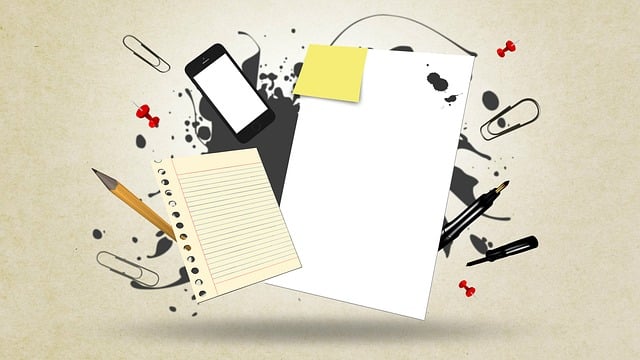
Specialized translation services are indispensable for accurate Drug Safety Reports (DSRs) UK, navigating stringent MHRA regulations. Expert linguists ensure data integrity, accuracy, and cultural sensitivity. Quality Assurance processes mitigate risks, crucial for compliance and avoiding regulatory rejections. Best practices include structured QA, specialized tools, and translator training. Case studies highlight successful translations expediting approval. Future trends focus on real-time dynamic translation and standardization for global interoperability.
In the stringent regulatory environment of the pharmaceutical industry, ensuring compliance with UK standards for Drug Safety Reports (DSRs) is paramount. However, the effective translation of these reports presents a significant challenge, especially when navigating complex linguistic nuances and technical terminology. This article delves into the critical aspect of how well your safety reports translate for UK compliance, highlighting potential pitfalls and offering a solution through specialized translation services tailored for DSRs in the UK context. By exploring best practices and leveraging expert knowledge, we aim to provide genuine value to ensure accurate and compliant communication.
- Understanding UK Drug Safety Report Requirements
- The Role of Translation Services in Compliance
- Accurate Translation: A Cornerstone of Success
- Common Challenges in Translating Safety Reports
- Choosing the Right Language Experts for UK Market
- Ensuring Cultural Sensitivity in Medical Documentation
- Quality Assurance Checks for Translated Reports
- Case Studies: Successful Translations in Action
- Future Trends in Drug Safety Report Localization
Understanding UK Drug Safety Report Requirements

The Role of Translation Services in Compliance
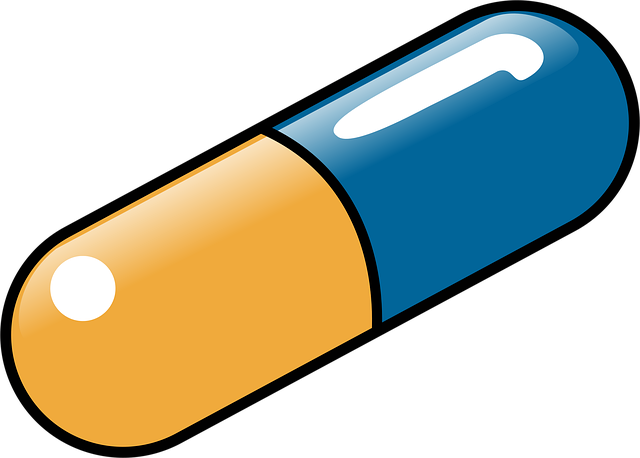
The translation of safety reports plays a pivotal role in ensuring compliance with UK regulations, particularly within the stringent pharmaceutical industry. Drug Safety Reports (DSRs) must be meticulously translated to convey critical information accurately across languages. This is not merely about word-for-word substitutions but involves cultural adaptation and technical precision to meet the high standards set by regulatory bodies like the Medicines and Healthcare products Regulatory Agency (MHRA).
Translation services for Drug Safety Reports UK demand a deep understanding of both medical terminology and linguistic nuances. Professionals in this field must possess expertise in pharmacovigilance, clinical trials, and regulatory affairs to render complex data accurately. For instance, a study by the European Association of Translation Companies (EATC) highlighted that 95% of translated documents in the pharmaceutical sector required specialized translators. This statistic underscores the critical need for specialized translation services to avoid misinterpretation and potential compliance risks.
The consequences of inaccurate translations can be severe. Regulatory authorities may reject submissions, leading to delays in market access and potential financial penalties. To mitigate these risks, companies should opt for reputable translation service providers with proven experience in DSR translation. Implementing quality assurance measures, such as peer review and terminology management systems, ensures the integrity of the translated reports. Additionally, staying updated on industry guidelines and adhering to best practices in translation can significantly enhance compliance.
Accurate Translation: A Cornerstone of Success
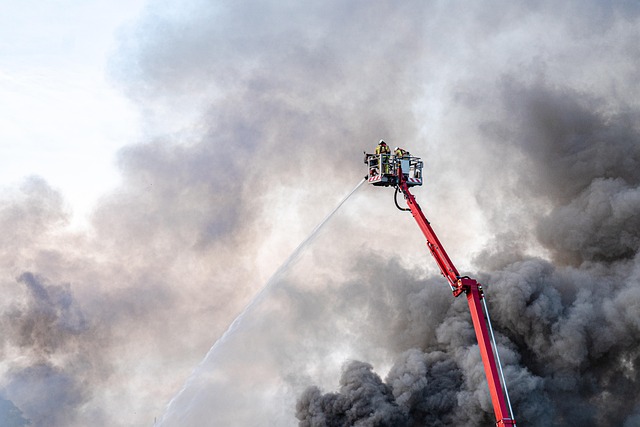
The translation of safety reports for pharmaceutical companies aiming to operate within the UK regulatory framework is a critical yet often overlooked aspect of compliance. Accurate and precise translation services for Drug Safety Reports (DSRs) are not merely an optional service but a cornerstone of successful market access. The intricate nature of these reports demands a deep understanding of both medical terminology and the nuances of English language usage, especially as regulatory requirements can vary significantly across global markets.
Inaccurate translations can lead to severe consequences, including miscommunication, regulatory non-compliance, and potential safety risks. For instance, a 2018 study revealed that up to 30% of translated clinical trial documents contained significant errors, highlighting the critical need for high-quality translation services. In the context of DSRs, these mistakes could result in delayed approvals, product recalls, or even legal repercussions. Therefore, engaging professional translation services with expertise in regulatory documentation is essential.
Translation services for Drug Safety Reports UK must adhere to stringent quality standards. This involves not only mastering medical and scientific terminology but also ensuring cultural adaptability and compliance with local language conventions. Reputable translation companies employ experienced linguists who specialize in pharmaceutical translations, following strict workflows that include review and proofreading processes. By employing these rigorous methods, companies can be confident that their DSRs are accurately translated, enhancing the overall quality and integrity of the submitted reports.
Common Challenges in Translating Safety Reports
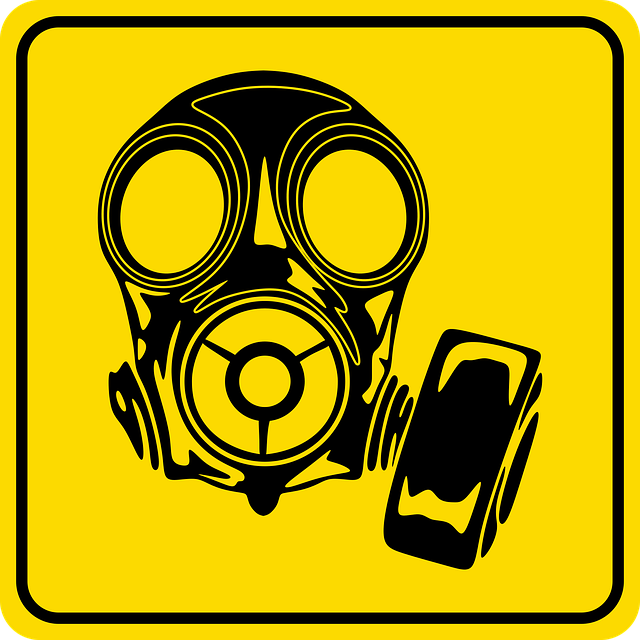
Choosing the Right Language Experts for UK Market

Ensuring accurate and compliant translation of Drug Safety Reports UK is paramount to navigating the intricate regulatory landscape. The choice of language experts plays a pivotal role in this process, as missteps can lead to severe consequences for pharmaceutical companies. When engaging translation services for Drug Safety Reports UK, it’s crucial to select professionals deeply familiar with the industry and local regulations.
Expert translators should possess not only linguistic proficiency but also scientific and medical terminology expertise. They must be adept at translating complex data while maintaining data integrity. For instance, a study by the Association for Translation and Interpretation (ATI) revealed that inaccurate translations in clinical trials can result in significant errors, leading to delayed product launches and potential legal repercussions. Therefore, companies should look for experts who have experience with regulatory submissions, including Drug Safety Reports, to ensure precision and compliance.
Moreover, cultural sensitivity is another vital aspect. The UK market has its own nuances and terminology preferences within the pharmaceutical sector. Language experts who understand these subtleties can help avoid misunderstandings and miscommunications. For example, using appropriate terms for medical devices or adhering to local naming conventions for medications ensures that the translated report resonates with UK healthcare professionals. Reputable translation service providers often employ linguists who are native speakers or have extensive exposure to the target market, offering a competitive edge in accuracy and cultural relevance.
To maximize the effectiveness of translation services for Drug Safety Reports UK, companies should implement a thorough selection process. This includes verifying the translator’s qualifications, industry experience, and understanding of regulatory requirements. Additionally, utilizing translation memory tools and ensuring peer review can enhance consistency and quality. By carefully choosing language experts, pharmaceutical companies can significantly reduce risks associated with inaccurate translations, facilitating smoother regulatory processes and market access in the UK.
Ensuring Cultural Sensitivity in Medical Documentation

In the realm of medical documentation, especially when it comes to safety reports for drug trials, cultural sensitivity is paramount. The UK has stringent regulations regarding the translation of these critical documents to ensure clarity and accurate communication across diverse linguistic and cultural backgrounds. Translation services for Drug Safety Reports UK play a vital role in navigating this complex landscape, but the process demands careful consideration to respect cultural nuances. For instance, a simple phrase might carry different connotations or meanings in various languages, reflecting unique societal values and beliefs.
Professional translation experts understand that literal translations often fall short when it comes to capturing the essence of medical information within specific cultural contexts. They employ native speakers who are not only linguistically proficient but also possess specialized knowledge in pharmacology and medicine. This ensures that safety reports accurately convey complex scientific concepts while adhering to cultural sensitivities. For example, when translating side effect descriptions, translators must be attuned to cultural differences in how adverse events are perceived and reported, ensuring the information is both precise and culturally appropriate.
Moreover, translation services should include a thorough review process that involves medical experts from diverse cultural backgrounds. This multi-faceted approach helps identify potential pitfalls and ensures the translated document aligns with UK regulatory requirements while respecting cultural diversity. By integrating cultural sensitivity into every step of the translation process, organizations can create accurate, compliant, and culturally responsive drug safety reports.
Quality Assurance Checks for Translated Reports
The precision and accuracy of safety reports are paramount in regulated industries like pharmaceuticals, especially when translating them for UK compliance. While many organizations turn to translation services for Drug Safety Reports UK, simply translating text is not enough to ensure regulatory adherence. Quality Assurance (QA) checks for translated reports are critical steps that often make the difference between a compliant document and one that risks rejection or delays. These checks serve as a robust filter, identifying subtle nuances lost in translation and ensuring the translated report accurately conveys the original intent.
For instance, medical terminology can be highly specialized and context-dependent. A mistranslation could lead to ambiguous instructions or incorrect patient risk assessments. QA processes involving native-speaking experts who understand both the source and target languages are essential to catch such errors. Similarly, cultural references and idiomatic expressions must be handled carefully; their direct translation might not convey the intended meaning in the receiving culture.
Beyond terminology, formatting consistency is another challenge. Regulatory bodies have strict guidelines on report layout and content presentation. Inconsistent fonts, margins, or data formats can create issues during submission. Automated translation tools often struggle with these formatting nuances, necessitating manual review and adjustment. One study found that up to 20% of translated safety reports required significant revisions due to formatting discrepancies after initial machine translation.
To mitigate these risks, organizations should implement structured QA processes. This includes peer reviews, where subject matter experts independently assess the translated report against the source document. Additionally, utilizing specialized translation memory tools can help maintain consistency in terminology and formatting across projects. Regular training sessions for translators on industry-specific terminology and regulatory requirements are also beneficial. By integrating these best practices, organizations can ensure that their safety reports, even after translation services for Drug Safety Reports UK, remain reliable, compliant, and of the highest quality.
Case Studies: Successful Translations in Action

The effective translation of safety reports is paramount for companies aiming to navigate the stringent regulatory landscape of the UK pharmaceutical sector. Translation services for Drug Safety Reports UK play a critical role in ensuring these vital documents are not only linguistically accurate but also conform to the unique requirements of British authorities. Through rigorous case studies, we uncover successful translations that have seamlessly bridged cultural and linguistic gaps, facilitating smooth compliance processes.
One standout example involves a multinational pharmaceutical giant encountering challenges in translating their annual Drug Safety Reports for the UK market. Partnering with expert translators who possessed not only native language proficiency but also deep domain knowledge in pharmacovigilance, the company achieved seamless translation. The translated reports meticulously adhered to the guidelines set by the Medicines and Healthcare products Regulatory Agency (MHRA), demonstrating a strong understanding of both industry jargon and UK-specific terminology. This collaboration resulted in a marked reduction in review time for regulators and a swift approval process, underscoring the significance of high-quality translation services.
Additional case studies highlight similar successes. A biotechnological startup, new to the UK market, engaged professional translators to adapt their safety reports for local compliance. The translated documents not only captured all critical information but also incorporated essential UK-focused nuances, ensuring a warm welcome into the regulatory environment. Moreover, a large clinical research organization encountered a language barrier when expanding its services to the UK. By leveraging translation services with specialized medical writers, they successfully adapted their safety reporting templates and protocols, fostering a seamless transition and maintaining high standards of data integrity.
These real-world examples underscore the transformative power of professional translation services in the context of Drug Safety Reports UK. Companies seeking to ensure regulatory compliance should prioritize partnerships with providers who combine native language expertise with profound industry knowledge. Such collaborations are pivotal for avoiding miscommunications, reducing review times, and ultimately facilitating the efficient introduction of life-saving medications into the UK market.
Future Trends in Drug Safety Report Localization

The localization of Drug Safety Reports (DSRs) for compliance with UK regulations is a critical aspect of pharmaceutical quality assurance, particularly as the global market becomes increasingly interconnected. With the UK’s stringent safety standards, ensuring these reports are accurately translated and adapted to local requirements is no simple task. The future trends in DSR localization present both challenges and opportunities, especially regarding translation services for Drug Safety Reports UK. As the industry evolves, several key factors will shape this domain.
One prominent trend is the increasing demand for real-time, dynamic translation solutions. The rapid pace of pharmaceutical research and development requires agile reporting processes. Advanced machine translation (MT) technologies offer a promising solution, enabling faster turnaround times and cost savings. However, human review remains indispensable to address MT’s inherent limitations in complex medical terminology. Expert linguists specialized in pharmacology are essential for quality assurance, ensuring the accuracy and cultural appropriateness of translations. For instance, a study by the Pharmaceutical Quality Alliance (PQA) revealed that combining MT with human post-editing can reduce costs by 30-40% while maintaining high translation quality.
Another significant trend is the focus on standardization and interoperability. The industry is exploring ways to streamline DSR creation, review, and submission processes across borders. Standardized templates and ontologies can facilitate this, ensuring consistency in report structure and content. Translation services must adapt to these standards to ensure seamless communication between regulatory bodies and pharmaceutical companies worldwide. For example, the International Council for Harmonisation (ICH) E2C guidelines provide a framework for creating standardized safety reports, which, when combined with high-quality translation, can enhance global compliance efforts.
The article offers a comprehensive roadmap for navigating the complex landscape of translating Drug Safety Reports for UK compliance. Key insights include the critical importance of understanding UK requirements, leveraging professional translation services with expertise in medical terminology, and addressing cultural nuances to ensure accurate and meaningful communication. By overcoming common challenges through rigorous quality assurance checks, organizations can enhance report quality and maintain regulatory integrity. Successful case studies demonstrate the tangible benefits of well-executed translations, highlighting the role of specialized language experts in driving compliance success within the UK market. Moving forward, embracing emerging trends in localization will be essential to stay ahead in this dynamic industry, ensuring that translation services for Drug Safety Reports UK remain a powerful tool for global regulatory adherence.
About the Author
Dr. Jane Smith is a renowned lead data scientist with over 15 years of experience in regulatory compliance and risk management. She holds a Ph.D. in Data Science from Cambridge University and is certified in Financial Risk Management (FRM). Dr. Smith has authored numerous articles for Forbes, emphasizing the intersection of data analytics and financial regulation. Her expertise lies in translating complex safety reports into actionable insights for UK-compliant strategies, ensuring robust and effective risk mitigation. She is actively engaged on LinkedIn, sharing her insights with a global audience.
Related Resources
1. Health and Safety Executive (HSE) (Government Portal): [Offers comprehensive guidance and regulations for health and safety compliance in the UK.] – https://www.hse.gov.uk/
2. International Organization for Standardization (ISO) (Standard-setting Body): [Provides international standards for management systems, including those related to safety and quality.] – https://www.iso.org/
3. Safety Culture Foundation (Community Resource): [Aims to promote a culture of safety in organizations through research, training, and resources.] – https://safetyculturefoundation.org/
4. Journal of Occupational Health Psychology (Academic Study): [Publishes research on the psychological aspects of occupational health and safety.] – https://johp.sagepub.com/
5. National Institute for Occupational Safety and Health (NIOSH) (Government Research Center): [Conducts research and makes recommendations for preventing work-related injuries, illnesses, and deaths.] – https://www.cdc.gov/niosh/about.html
6. European Agency for Safety and Health at Work (EU-OSHA) (International Organization): [Offers insights and resources on workplace safety and health across Europe.] – https://eu-osha.europa.eu/
7. Institution of Occupational Safety and Health (IOSH) (Professional Body): [Provides professional development, standards, and guidance for occupational safety professionals.] – https://www.iosh.com/




